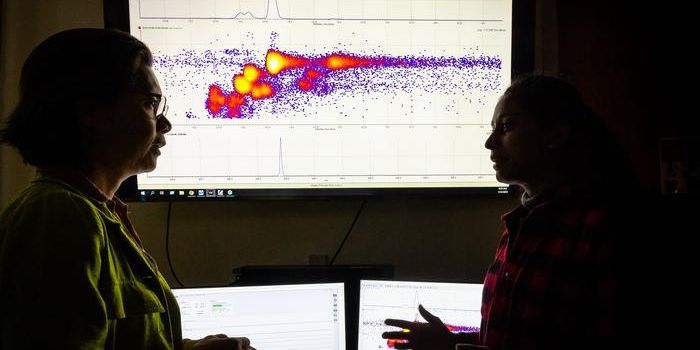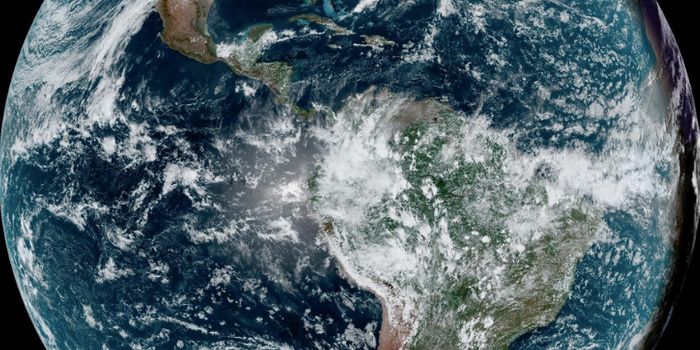Understanding Latest Permian Mass Extinction Using the Heavy Metal, Mercury
During its approximately 4.5 billion years of existence, the Earth has experienced five major mass extinction events that are responsible for reshaping the planet both physically and biologically. The largest of which is known as the Latest Permian Mass Extinction (LPME), which occurred over 250 million years ago and is estimated to have killed off 80-90% of all life on the Earth. But what events led to such a massive cataclysm, and can it happen again?
This is what an international team of researchers led by the China University of Geosciences hope to uncover as they examined sediment samples of the heavy metal, mercury, to better understand the events leading up to the LPME. This study holds the potential to help us better understand the causes behind this event, but also how we might be able to forecast it going forward, as well.
"It's relevant to understanding what might happen on earth in the future,” says Dr. Tracy Frank, who is a Professor and Head of the Department of Earth Sciences at the University of Connecticut (UConn), and a co-author on the study. “The main cause of climate change is related to a massive injection of carbon dioxide into the atmosphere around the time of the extinction, which led to rapid warming."
For the study, the researchers focused on the heavy metal, mercury, which has been found to be linked with volcanic eruptions. Unfortunately, locating sample areas of mercury are sometimes hard to come by.
Ironically, the state of Connecticut is an excellent source of 400-500-million-year-old metamorphic rocks located at or near the surface, with a layer of glacial deposits on top of it that date to approximately 23,000 years ago.
"There's a big gap in the record here. You have to be lucky to preserve terrestrial records and that's why they aren't as well studied, because there are fewer of them out there," said Dr. Frank.
After obtaining some mercury samples, lead author, Dr. Jun Shen from the China University of Geosciences, was able to analyze the mercury’s isotopes, and was able to connect the dots in terms of datasets about the LPME from around the world.
"It turns out that volcanic emissions of mercury have a very specific isotopic composition of the mercury that accumulated at the extinction horizon,” said Dr. Frank. “Knowing the age of these deposits, we can more definitively tie the timing of the extinction to this massive eruption in Siberia. What is different about this paper is we looked not only at mercury, but the isotopic composition of the mercury from samples in the high southern latitudes, both for the first time."
Sources: Our World in Data, Nature Communications, UConn Today
As always, keep doing science & keep looking up!









